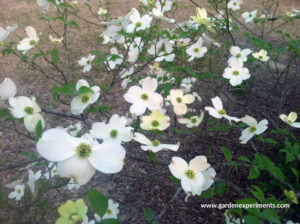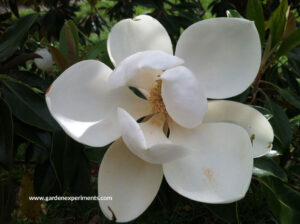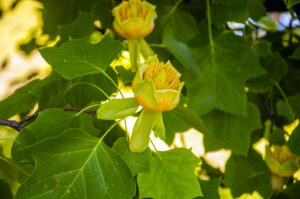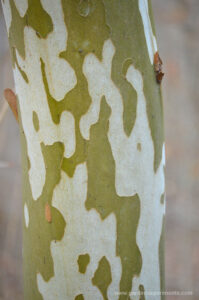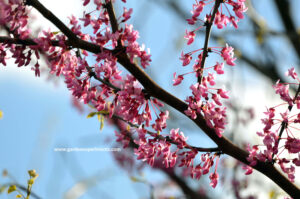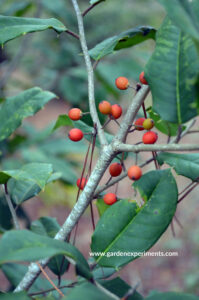Having a variety of trees that bloom or produce fruit at different times of the year with a mixture of both deciduous trees and evergreens can offer good habitat for wildlife and birds. Arbor Day is a reminder to all of us of the benefits of trees and this day encourages us to add some trees to our backyard landscape.
A little Arbor Day history
The first day to encourage the planting of trees was held in Nebraska in 1872 – a product of J. Sterling Morton. Arbor Day was officially proclaimed a holiday in a1874 in that state. Now, National Arbor Day is celebrated on the last Friday in April, with many states having their own celebrations that are schedule to accommodate appropriate weather conditions for tree planting. Celebrate Arbor Day and Plant a Tree!
My 10 favorite trees for the Southeast
I’m one of those people who often walk around looking up into the trees or down at the dirt. If you go for a walk with me in the woods, be prepared for a long, slow, meandering journey. I stop to look at everything. I love seeing the Cedar Waxwings flocking to feed in a tree in early spring or finding a bloom high up in the canopy or a colorful mushroom poking out of the leaf litter.
As I was making this list of my favorite trees, I realized that most of my favorites are native to the area. Maybe that’s a side effect of having taking a “Trees and Woody Shrubs” class in college, or maybe I appreciate the hardiness and longevity of native plants in general.
Flowering Dogwood (Cornus florida)
Zones 5 to 9, Native to Southeast
In early spring (late March to May), if you look at the edge of forests or come across a forest opening, you’ll often find the bright white blooms of the flowering dogwood. Since most of the forest is still bare at this time, they really stand out.
This small tree can grow in either part shade or full shade and can grow to be 15 to 30 feet tall, depending on the conditions. It is deciduous and native to the southeastern U.S. The leaves of flowering dogwood turn a nice red color before falling off. In fall, it produces bright red berries that attract birds.
Southern Magnolia (Magnolia grandiflora)
Zones 7 to 9, Native to Southeast
Just like the scientific name says, the flowers of this tree are grand and they smell amazing! Such delicate beauty It is evergreen, but it does lose a lot of leaves, so be sure that you plant it somewhere that you won’t mind heavy leaf litter. I find the leaves are difficult to chop up with a mower, so you’ll want to rake them up to remove them.
The southern magnolia grows to be very large and often has large exposed roots. The height can be up to 80 feet and it can be 50 feet wide, when grown in excellent conditions. In addition to the lemon-scented gorgeous blooms, it makes for a great climbing tree for kids!
Tulip Tree (Liriodendron tulipifera)
Zones 4 to 9, Native to Southeast
I have always loved this tree – partly because of its name and partly because of the flowers it produces. Tulip trees grow in the bottomlands in Mississippi, which means they are perfect for that clay soil we find everywhere. It’s a pretty tall tree, growing up to 90 feet with a 40-foot crown width, so be sure you plant it in an appropriate location.
It blooms in May and June, producing large, orange-cream unique flowers that attract hummingbirds. The seeds are food for many birds and small mammals. The leaves of this tree turn a golden yellow in the fall, making it very appealing for fall color.
American Sycamore (Platanus occidentalis)
Zones 4 to 9, Native to Southeast
I have never loved a bark pattern more than the American sycamore. The tree that was in my backyard was stunning. It was nearly 90 feet, perfectly straight, and had the most beautiful mottled pattern of bark.
The size of the tree, the large leaves and the stunning bark are what make this tree a favorite of mine. Trees can grow as tall as 100 feet with 3 to 8-foot diameter trunks. It is generally found in bottomlands, and thrives in the native soils of Mississippi. If you decide to plant this deciduous tree, be sure to give it plenty of room.
Eastern Redbud (Cercis Canadensis)
Zones 4 to 9, Native to Southeast
This early-spring blooming tree brings out the bees! Any time I find it in bloom, there are bumblebees and honey bees all around. It’s perfect for the landscape because it is relatively small – growing to only 35 feet tall. It even grows flowers along the main trunk of the tree.
The heart-shaped leaves of eastern redbud start out reddish but at full size are a solid green. Seeds are produced in pea-shaped pods.
American Holly (Ilex opaca)
Zones 5 to 9, Native to Southeast
This evergreen tree can provide greenery to you backyard year round as well as berries that wildlife can feed on during the fall and winter. As an evergreen, it can provide cover and nesting sites year round as well.
Be careful of the sharp, pointy leaves, but this can be used as a good border to your yard. The bright red berries look great in a winter setting. Holly can grow to be 50 foot tall with a spread of up to 40 feet. It prefers full sun but will tolerate part-shade. It is perfect for many types of soils, including clay.
Pecan (Carya illinoensis)
Zones 6 to 9, Native to Southeast
This tree is a favorite of mine just because I really like to eat pecans! For those looking to grow food in their gardens, a pecan is a good choice. You’ll need more than one tree to ensure pollination. Trees can be as tall as 100 feet with a 75-foot crown. Generally, pecans should be planted in full sun.
However, the leaves of the pecan produce a chemical that can prevent certain plants from growing underneath their crowns (some plants are very susceptible to this). This is called allelopathy. In my experience, I haven’t had much trouble planting under my pecan trees, except for the usual water competition issue. Some plants like azaleas, blackberries, and blueberries might be affected.
Japanese Maples (Acer palmatum)
Zones 5 to 8 for many, Non-native
There are so many varieties of Japanese maples that come in different growth forms, heights, and fall leaf colors, you’re sure to find one that you fall in love with. There is a stunning one in my neighbor’s yard that turns an absolutely amazing color of red. If these trees aren’t suited for your climate, you can find some that will fit in containers and bring them in for the winter.
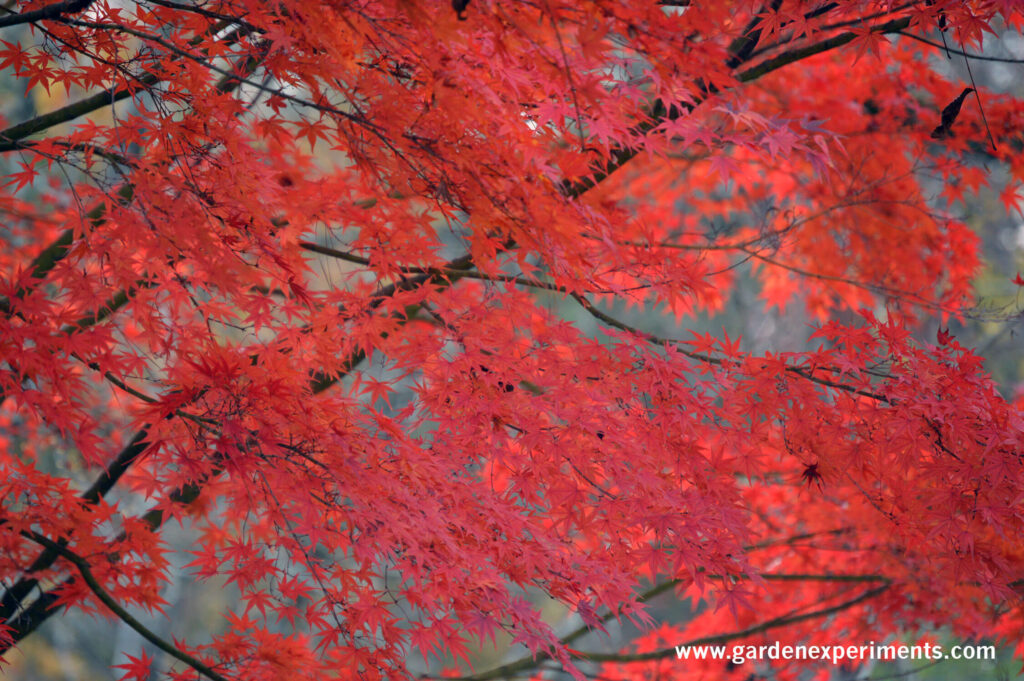
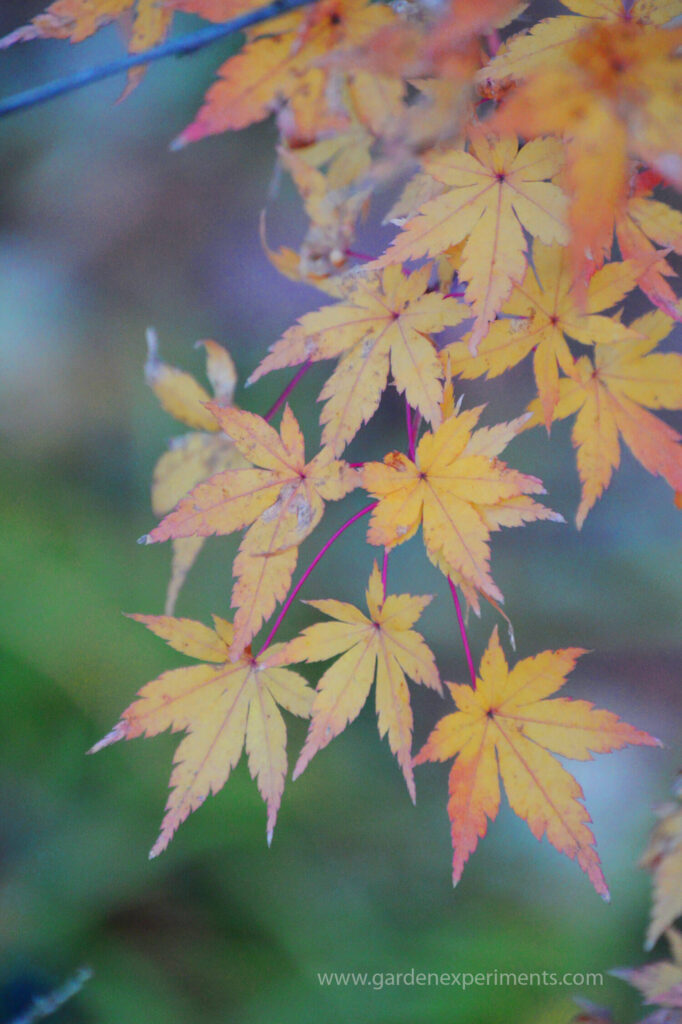
Magnolia hybrids
Various zones, Non-native
The Magnolia hybrids, I love them all. Many I have only seen in a botanical garden, but the beautiful flowers they produce are a pleasure. But, these beautiful flowering trees are much more picky than their native counterpart, the Southern Magnolia. Be sure to do your research when picking the one that will work best in your garden.
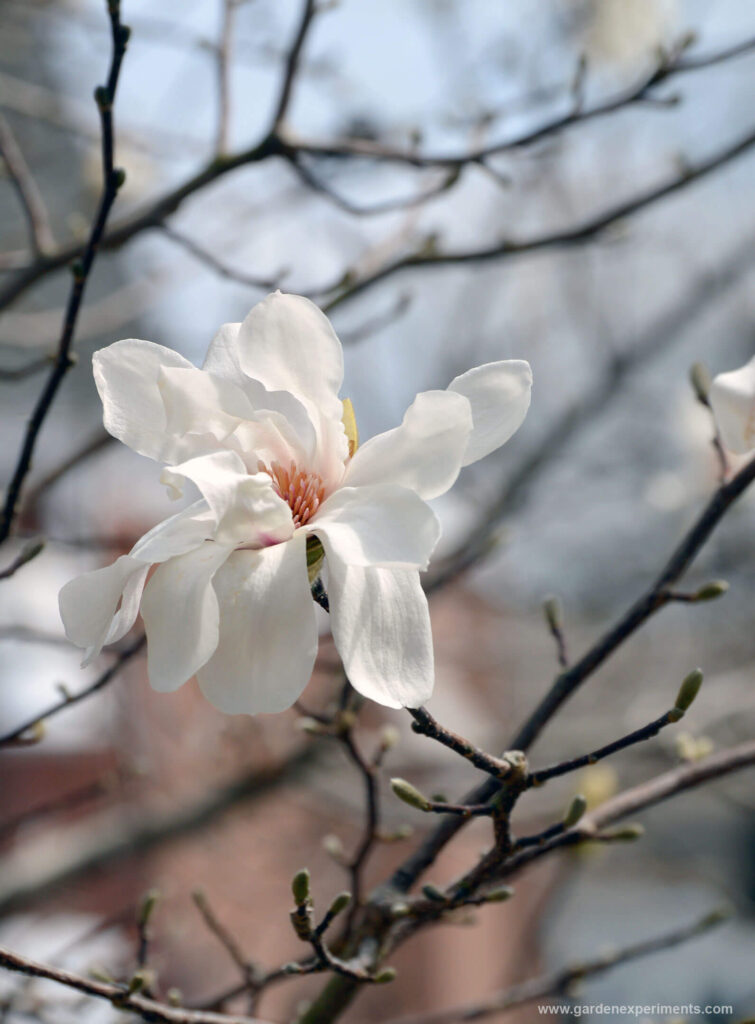
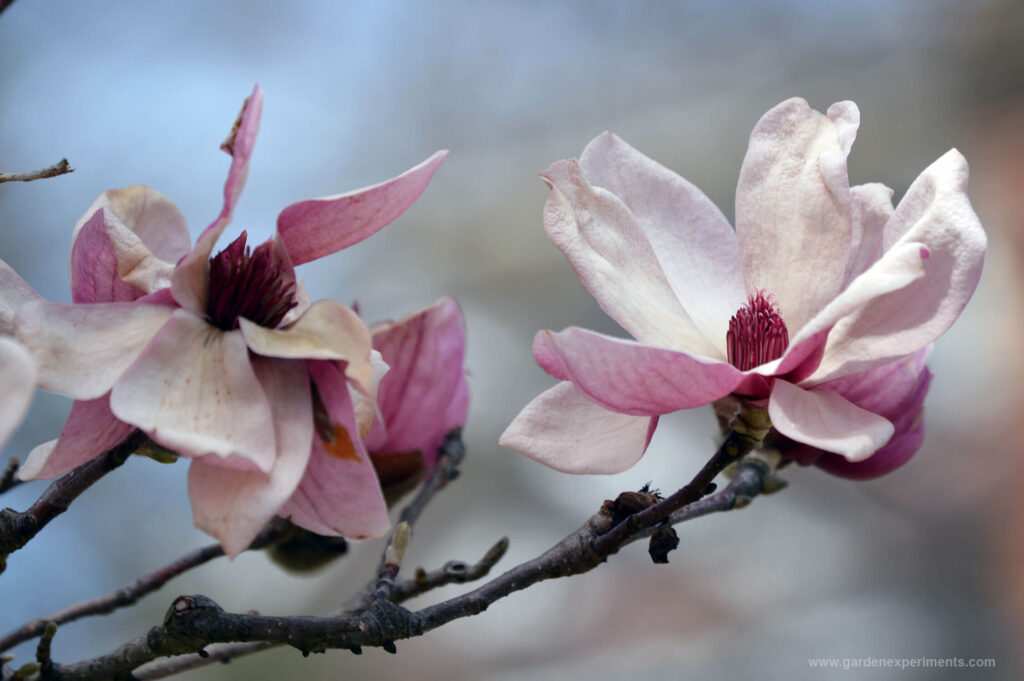
Weeping willow (Salix babylonica)
Zones 6 to 8, Non-native
This one is in my list purely for sentimental reasons. I know that this tree can be invasive, but it has a special meaning to me, which is why it is on my list. I just love the sweeping gracefulness of the weeping branches, especially when they are blowing in the wind. These trees can grow to be 40 feet tall with an equally wide crown. They are fast growers and need at least 4 hours of direct sun a day.
My aunt had a large weeping willow in her backyard alongside her small fishpond, where my cousins and me played all summer. We would hide under the branches and run out at one another. We would break off the branches and use them as weapons. For me, the weeping willow reminds me of a simpler, carefree time of my life.
If you’re looking for a native tree that tolerates similar soils and growing conditions, check out the black willow (Salix nigra). There are other weeping trees (non-natives) that have the same flowing look with less invasiveness such as the weeping mulberry, weeping cherry, and weeping hemlock.

